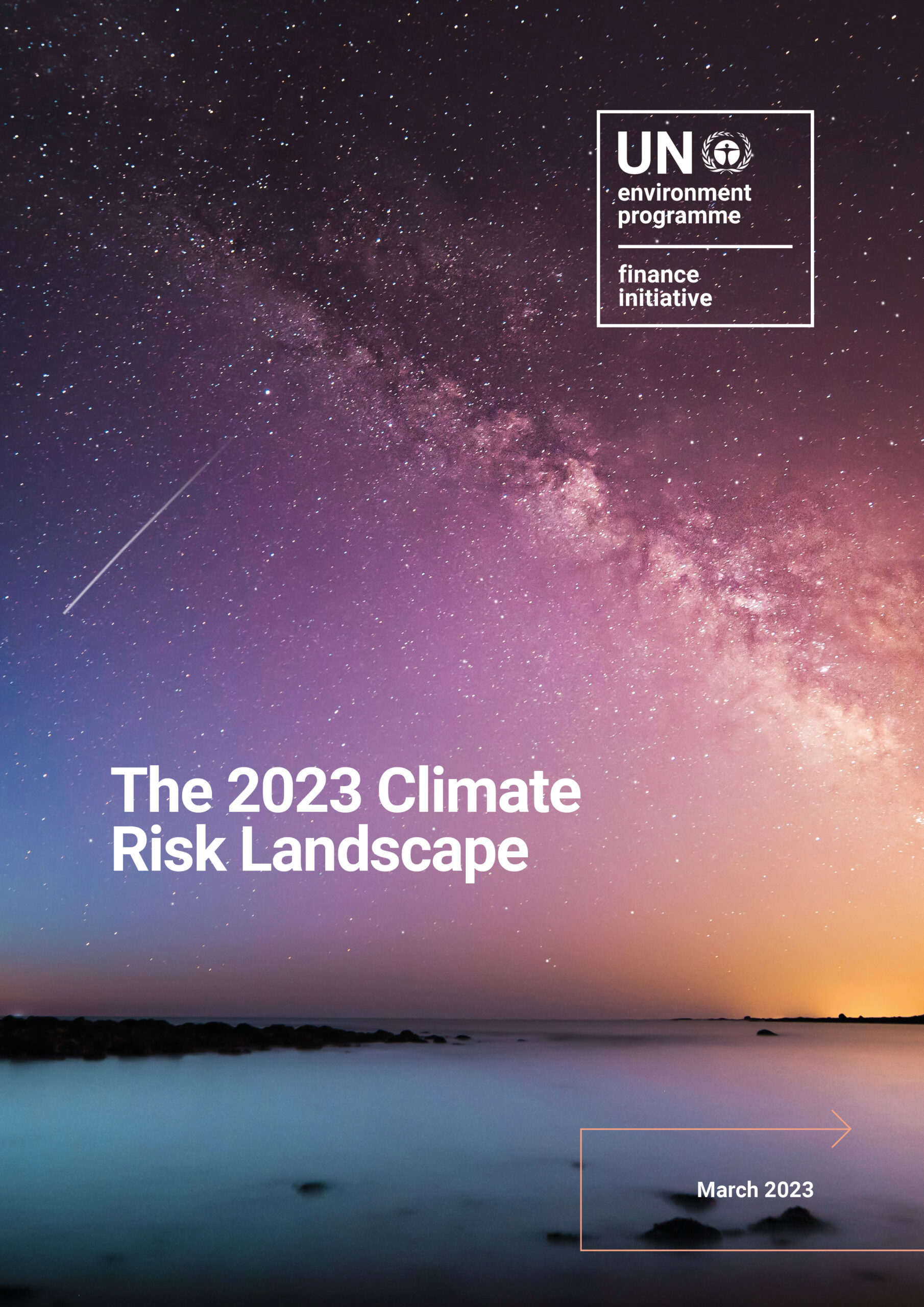The Intergovernmental Panel on Climate Change (IPCC)’s 6th Assessment Report outlines the stark challenges facing nature, society and the global economy from the impacts of climate change. Even with drastic action to reduce greenhouse gas emissions, many risks from climate change will remain, which is why climate adaptation is essential. However, financing is a major barrier to climate adaptation; UNEP’s 2022 Adaptation Gap Report estimates that the annual cost of adaptation in developing countries alone will be between $160-340 billion by 2030, which suggests that public budgets will not be able to address the financing challenge alone.
Since 2018, UNEP FI has been looking at how the finance sector can build resilience to physical climate change impacts while supporting climate adaptation across society and the economy by:
Addressing physical risk assessment and disclosure
UNEP FI’s Climate Risk Programme looks at how banks, investors and insurers can assess, measure, disclose and manage physical climate risks and has published important physical climate risk resources for financial institutions:
- Navigating a New Climate: Assessing Credit Risk and Opportunity in a Changing Climate (2018) – Physical risk assessment for banks
- Changing Course (2019) – Transition and physical risk assessment for investors
- Charting a New Climate (2020) – Physical risk assessment for banks
- Physically Fit? (2022) – Physical climate risk disclosure for financial institutions
- The Climate Risk Landscape (2023) – Climate risk analytics & for financial institutions
Scaling finance for adaptation
Managing physical climate risks does not necessarily translate into greater climate resilience in the real economy. This requires financial institutions to work closely with governments – national, regional and local, businesses and civil society – to develop innovative policy and financing approaches. UNEP FI is working with banks, insurers and development finance institutions to scale up adaptation finance through the following projects and initiatives:
- Finance sector: In early 2019, UNEP FI together with the Global Commission on Adaptation reviewed the key challenges in scaling up adaptation finance, and how policy makers and financial institutions could incentivise greater investment in adaptation. Find out more on in the report Driving Finance Today for the Climate Resilient Society of Tomorrow”.
- Insurance can play an important role in scaling finance for adaptation and resilience by pricing and managing the risks. UNEP FI’s collaboration with the V20 group of climate vulnerable countries aims to create more climate resilient economies by supporting insurance and credit solutions for medium, small and micro enterprises through the Sustainable Insurance Facility.
- Banks’ exposure to the physical impacts of climate change is set out in UNEP FI’s framing paper Adapting to a New Climate. Based on the recommendations of this report, a working group of 27 signatories to the Principles for Responsible Banking developed the world’s first Climate Adaptation Target Setting guidance on for banks 2023. A group of banks will pilot the guidance in 2024 to assess its applicability across two industry sectors.
- Development finance: Climate risk mitigation will also require concessional finance – development finance institutions are working with UNEP FI to develop the tools necessary to scale up finance for adaptation in emerging markets and developing countries through the Adaptation & Resilience Investor Collaborative.
Exploring the legal implications of adaptation
UNEP FI partnered with MinterEllison to examine the impact of litigation on physical climate risks and adaptation finance, and published in 2021 the report The Forgotten Climate-related Financial Risk: Liability Impacts on Adaptation and Adaptation Finance.
For more information on UNEP FI’s work on adaptation, please contact Paul Smith.


